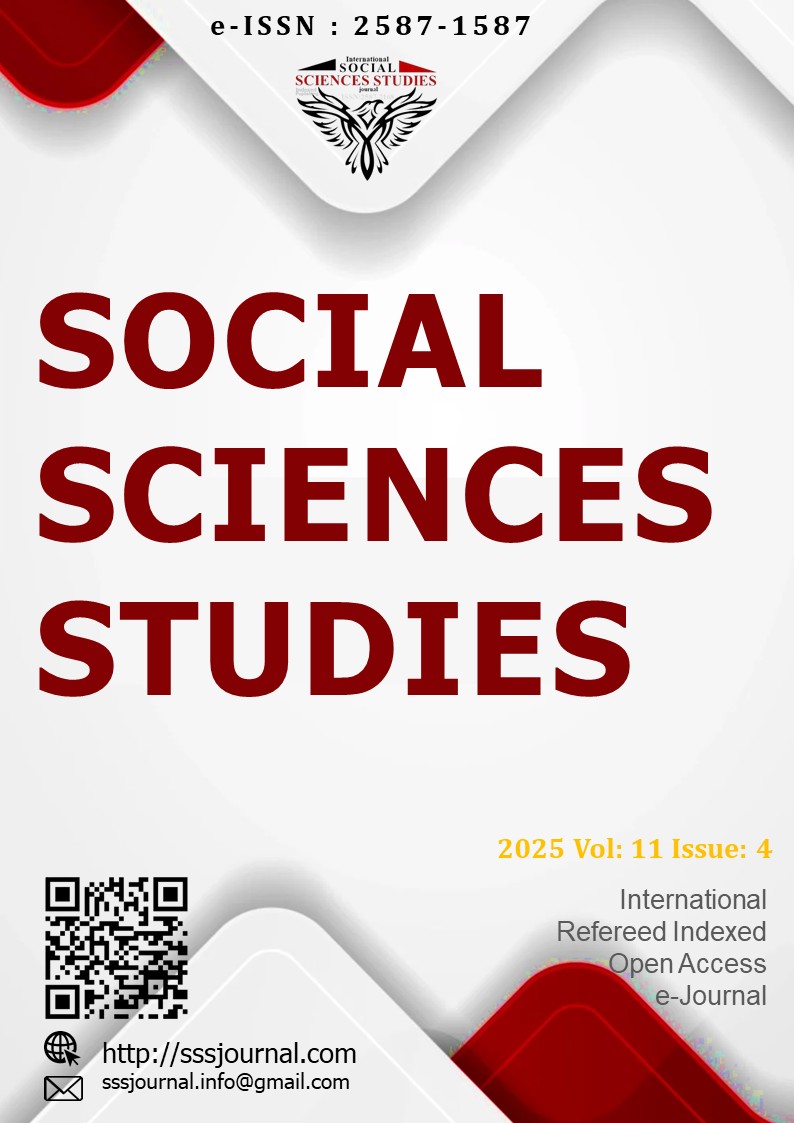Author :
Abstract
|
Geleneksel anlayış can sıkıntısını “huzursuz” çağrışımlara sahne olan anlatılarla kurgularken, bıkkınlık ve bezginlik gibi kavramlarla açıklama gayreti içindedir. Oysa can sıkıntısını izaha girişmeden önce “sıkıntı” kavramından bahsetmek gerekir. Her şeyden önce bu dünyada geçim sıkıntısı ve can sıkıntısı olmak üzere hepitopu iki sıkıntı vardır. Bu çalışmanın ilgi odağı da bunlardan ikincisidir. Bu anlamda can sıkıntısı geçim sıkıntısından farklıdır çünkü nesnesi yoktur. Bu yüzden can sıkıntısı epey karmaşık olgudur. Bazen insan bir şey yapsa da yapmasa da sıkılır. Bazı keyifsiz anlar kendiliğinden can sıkıntısına dönüşür. Ancak can sıkıntısı çift yönlüdür; bazen yaşama isteğini azaltır, bazen düşünce ufkumuzu açar ve keyifli anlara döner. Bu makalede can sıkıntısı, bir yandan yaşama isteğini kamçılayan etken olarak görülmekte, diğer yandan yaşama dair varoluşsal anlam arayışı olduğu için kişisel gelişimcilere karşıt bir cephe oluşturacak şekilde sorgulanmaktadır. |
Keywords
Abstract
|
According to conventional perspective, boredom is constructed as narratives with "uneasy" connotations and corresponds to concepts such as exhaustion and weariness. However, before that, it is necessary to talk about the concept of "hardship". First, there are two problems in this world: financial hardship and boredom. The focus of this paper is the second of these. In this sense, boredom differs from financial hardship because it has no object making it a complex issue. Sometimes a person can get bored whether he does something or not. There are some unpleasant moments that automatically turn into boredom. However, boredom is two-way: sometimes it reduces the desire to live, sometimes it opens the horizons of our thoughts and turns into pleasant moments. This article, on the one hand, sees boredom as a factor that stimulates the desire to live, and on the other hand, opposes personal development experts. Since boredom is a search for an existential meaning in life, this situation is contemplated in various ways. |





